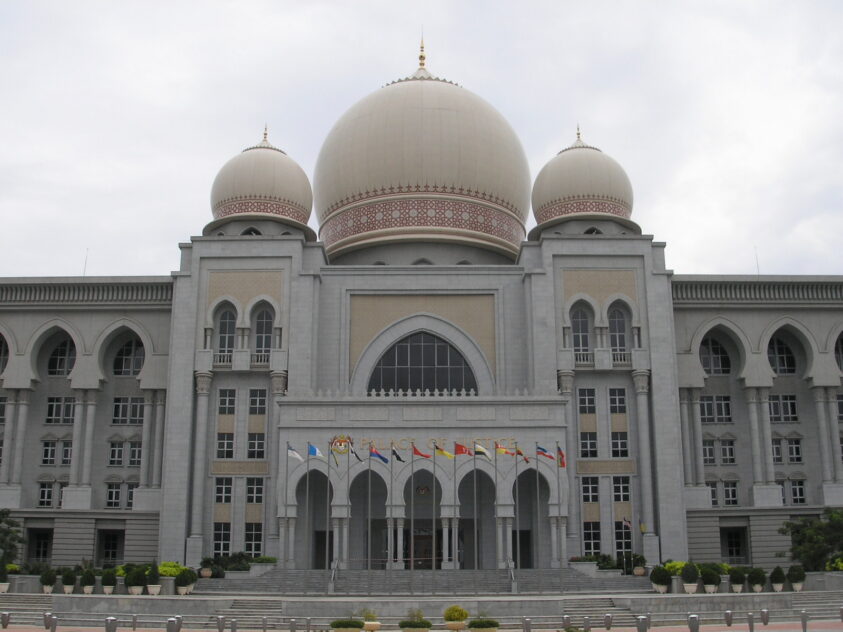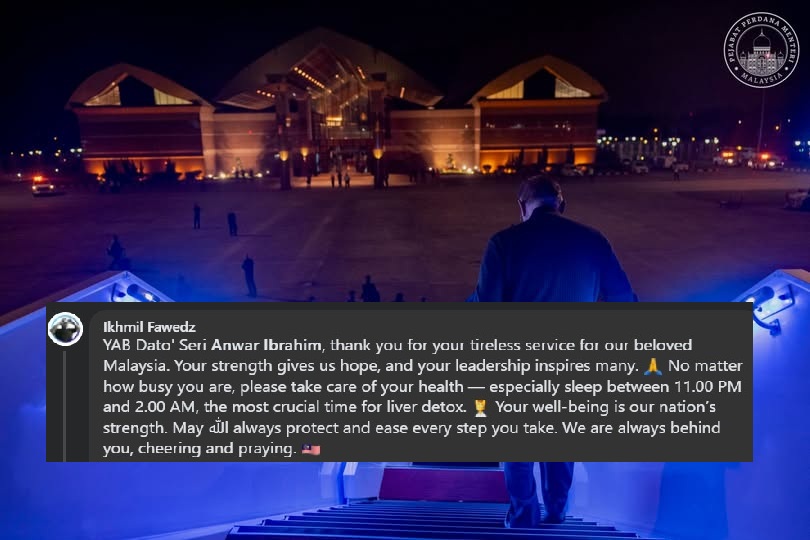Letter to Editor
THE Sijil Pelajaran Malaysia (SPM) examinations for 2023 ended last month and for many school-leavers, the next phase of their educational pursuit will start soon if they have not already enrolled in private institutions (based on their SPM trial results).
Having put three kids through private tertiary education, including my youngest son last year, this is a testing time for parents too. As we know, private tertiary education is not cheap and can put parents back by up to hundreds of thousands per child. The costs will be higher if it involves overseas education.
It doesn’t help that our ringgit has weakened considerably over the years, which affects parents whose kids are studying overseas. Even in neighbouring Singapore, the exchange rate is now hovering at RM3.50 for every S$1.
As parents, we would want our children to opt for a tertiary education choice that is more in line with our financial ability. But on the other hand, we also want our children to enjoy quality education and not study in some fly-by-night institutions with dubious credentials.
Based on my experience, I notice that some parents are led by the nose by their children who have a commanding say on where they want to study but can be oblivious to their parents’ financial abilities or lack thereof.
Some of the students are subjected to peer pressure or taken in by the “glamour” of studying in certain institutions, which charge an arm and a leg just for being “fanciful” or sporty campuses.
This is why communication and research are key for both parents and students. Parents should communicate the kind of parameters they have in mind when their children select where they want to further their education. Students should also articulate their expectations to their parents.
Ideally, both sides can meet halfway.
I also notice that some parents and students quickly decide on their choice of colleges or universities without doing much research. In Malaysia, there are different tiers of tertiary institutions. For example, the top tier comprises institutions like Taylor’s, Sunway and Monash, just to name a few.
Historically, they have a good track record and reputation but are also known to be costly.
Second-tier institutions like Inti, SEGi and Universiti Tunku Abdul Rahman also offer comparable-quality education but are more affordable. It’s just that they may not be as “glitzy” as the top-tier ones.
There’s no need to always jump into top-tier institutions and besides, some of the programmes may not be suitable for students, not just because of fees alone. It is only understandable that in an industry as competitive as education, certain institutions have strengths in certain areas and weaknesses in others.
The key is communication and research. When enough is being done on both fronts, parents and students will be able to avoid common pitfalls when selecting where one should further his or her education. In the long run, it’d also save both parties plenty of headaches and heartache. – April 5, 2024
Isaac Peters
Subang Jaya
The views expressed are solely of the author and do not necessarily reflect those of Focus Malaysia.









